- News
- Reviews
- Bikes
- Components
- Bar tape & grips
- Bottom brackets
- Brake & gear cables
- Brake & STI levers
- Brake pads & spares
- Brakes
- Cassettes & freewheels
- Chains
- Chainsets & chainrings
- Derailleurs - front
- Derailleurs - rear
- Forks
- Gear levers & shifters
- Groupsets
- Handlebars & extensions
- Headsets
- Hubs
- Inner tubes
- Pedals
- Quick releases & skewers
- Saddles
- Seatposts
- Stems
- Wheels
- Tyres
- Tubeless valves
- Accessories
- Accessories - misc
- Computer mounts
- Bags
- Bar ends
- Bike bags & cases
- Bottle cages
- Bottles
- Cameras
- Car racks
- Child seats
- Computers
- Glasses
- GPS units
- Helmets
- Lights - front
- Lights - rear
- Lights - sets
- Locks
- Mirrors
- Mudguards
- Racks
- Pumps & CO2 inflators
- Puncture kits
- Reflectives
- Smart watches
- Stands and racks
- Trailers
- Clothing
- Health, fitness and nutrition
- Tools and workshop
- Miscellaneous
- Buyers Guides
- Features
- Forum
- Recommends
- Podcast
£99.00
VERDICT:
Excellent training ecosystem that's just the thing for structured work on your fitness
Weight:
0g
Contact:
At road.cc every product is thoroughly tested for as long as it takes to get a proper insight into how well it works. Our reviewers are experienced cyclists that we trust to be objective. While we strive to ensure that opinions expressed are backed up by facts, reviews are by their nature an informed opinion, not a definitive verdict. We don't intentionally try to break anything (except locks) but we do try to look for weak points in any design. The overall score is not just an average of the other scores: it reflects both a product's function and value – with value determined by how a product compares with items of similar spec, quality, and price.
What the road.cc scores meanGood scores are more common than bad, because fortunately good products are more common than bad.
- Exceptional
- Excellent
- Very Good
- Good
- Quite good
- Average
- Not so good
- Poor
- Bad
- Appalling
If you're serious about training indoors, and you have a specific goal in mind, then TrainerRoad is an extremely useful tool that'll help you to use your time effectively. It's not as visually or socially exciting as Zwift, but it's more focused on getting results, and if results are what you're after it may end up being a better way to spend your monthly subscription.
- Pros: Very focused training, lots of workouts, counts outdoor rides in your training load
- Cons: Not as immersive as the likes of Zwift, requires commitment
At its most basic, TrainerRoad is following a line across a screen. The higher the line goes, the harder you're working. You can see the effort you're supposed to produce as a sort of chart of green blocks, and you can see the actual power you're putting out as a yellow line on top. If you're wearing a heart rate monitor then there's a red line showing that, and a white line for your cadence. That's it: start at one end and see if you can make it to the other, which will be anywhere between 20 minutes and several hours away.
Of course, that's not it at all. That line you're following is embedded in a big ecosystem which is designed to take you from first principles to whatever particular goal you have in mind.
First tests
The first line you'll follow, if you're doing things in order, is a ramp test. This is a session where you start at around 50% of your functional threshold power (FTP) – you'll have to estimate this if you don't know what it is – and it gets harder and harder until you physically can't do it any more.
Once you've collapsed onto your bars the app will do the sums and tell you what your FTP is. In theory this is the power that you can hold for an hour; most of us would struggle to push out whatever TrainerRoad decrees our FTP is for that long, but the numbers are consistent with other platforms. TrainerRoad used to use a different test protocol of either a single 20-minute effort or two 8-minute blocks, but those have been superseded by the new test which has the advantage that it can be completed with the trainer in ERG mode where it simply adjusts the power to follow the line. Having done the longer tests and now the newer one, I've found that the results are pretty similar, and the ramp test isn't as long, so I'll take it.
The ramp test gives you an FTP to work to, which is very important as all the intervals in TrainerRoad are expressed as a percentage of that number. It's important that the app works this way so that the sessions can be meaningful for any level of rider. It wouldn't be at all the same for an elite rider and a fourth cat to both push 400W for five minutes; if they're both working at 125% of their FTP then the actual output is very different, but five minutes is going to seem like a long time for either.
Plan your path to fitness
Once you're set up with an FTP you can decide what you actually want to achieve, and work through a plan to get you where you're going. TrainerRoad splits up its plans into three phases, and the blocks of training range from 4 to 12 weeks depending on what you go for. In the base phase you'll be concentrating on building up your base fitness. The recommended route for this within the app is sweet spot training, which mostly involves working at between 85% and 95% of your FTP. If you prefer a more traditional base plan of lower-intensity work then that's available too, as is higher-intensity base work for disciplines like sprint triathlon.
In the build phase you're starting to get a bit more specific: there are plans for short power, sustained power, various triathlon lengths and a general plan for anyone who's not covered by any of the other plans.
At the specialty phase it's more granular still. First you select what kind of riding you're doing – road, off-road, triathlon and enthusiast – and within that you specialise further. For example, within road there are options for rolling road race, climbing road race, criterium, 40km time trial and century ride. The focus of each is different: the century plan concentrates on muscular endurance for pushing hard for hours at a time, while the criterium plan is much more orientated to short bursts of higher power.
The plans work very well, allowing you to build yourself a path to fitness for your goals through the year. Many of the workouts – especially in the base phase – include on-screen text that talks you through the workout. This is very good for adding an extra dimension to the drills and getting you to focus on your pedal stroke, your breathing and your position. Fewer of the later sessions have the on-screen text but the basics have been drilled into you by then.
Whatever you're likely to throw yourself at, there should be something that gets you closer to where you want to be. It's not always perfect: for example, I'm training for crits but the specific crits I'm doing involve a lot of really hard sprinting, and the crit specialty phase, while it does include some hard digs, doesn't ever really get up to the sort of effort I need to replicate: it seems to top out at about 200% of FTP, whereas I really need to be working up to 300%. I suspect that's partly because quite a lot of indoor trainers struggle to produce that kind of resistance, and also it's an out-of-the-saddle smash that might not necessarily be the best thing for your bike indoors if you're not careful.
> Buyer's Guide: 17 of the best turbo trainers and rollers
On the calendar
Once you've decided on a plan you can add it to your calendar. The calendaring system in TrainerRoad is fairly new – it was added last year – and it makes the system a lot more powerful. You can add the plan, specify which days you want to train on, and it'll stick all the sessions in the calendar. Then you can move them around, add more, remove some if you won't be able to do them, or swap them out for something that you think will suit your aims a bit better: there are over 1,000 workouts to choose from in total.
If you can't find the exact thing you want, you can make your own. TrainerRoad has a separate Workout creator app, which allows you to build the thing you need that you can't find. It's not the easiest app to use, but once you get the hang of it you can build custom sessions if you feel you need to address specific things. I've been doing that for my crit training, with lots of high-power efforts and not much recovery.
Score your efforts
On top of that you can link up TrainerRoad with Strava, Garmin Connect or TrainingPeaks and it'll pull in your outdoor rides or rides on other indoor platforms (if you've made them public) so you can keep track of all your training, indoor and outdoor. TrainerRoad uses the widely adopted Training Stress Score (TSS) and Intensity Factor (IF) metrics to score your training efforts. These are power-based, so anything you do within TrainerRoad will accumulate TSS points, as will any other indoor rides on an app that uses power.
If you're riding outdoor with a power meter then the TSS for those rides will be added automatically; if you're not measuring power you can estimate how hard you were working on a scale of one to nine, and TrainerRoad will guess at a likely TSS and add that. The upshot is that you can get an idea of how much work you're doing overall on a weekly basis. This was a weakness with TrainerRoad before, as it only recorded the actual sessions you did within the app. Now it's much improved. If you fancy mucking about on Zwift instead of doing an easy session you've got planned, or you rock up to the chaingang instead of smashing out some hard Saturday morning intervals, it all gets amalgamated into one place.
TrainerRoad is also good at keeping records of how fit you are over a long period, and giving you the means to easily compare one part of your career with another. Every time you complete a session TrainerRoad will crunch the data and give you a power curve that shows the maximum power you sustained for any length of time. You can compare that to amalgamated data from a whole season, or from any date range you like, or you can compare data from up to three different date ranges at once. It's really useful for giving you a quick overview of how your fitness is progressing, or how it compares to the same point in previous seasons.
One of the things I particularly like about TrainerRoad is its versatility. It works really well with an expensive smart trainer in ERG mode, running on a PC on a big telly. But it also works really well when you're warming up for a race on your Blackburn Raceday rollers and you're using your phone on a magic arm on the bars, paired up with your power meter. Obviously it's up to you to replicate the efforts when you're doing that, but it's pretty easy to follow and it's made race warm-ups much more structured for me. You could just spin out 20 minutes of whatever you want. But then, that's equally true of being at home, and if you're not keen on doing it there, why would you be when you're warming up for a race? Having something to follow focuses the mind, and TrainerRoad is a platform that really works well like that, with plenty of short warm-up sessions to choose from.
Conclusion
Overall, is it worth the money? Certainly, if you're going to commit to working indoors to get fitter. The minimum commitment is really three sessions a week; the low-volume plans tend to be two hour-long sessions, with a longer one each week too. If you're going to be doing less than that then some of the structure of the ecosystem is going to be wasted, and you might be better off with an environment where you pick and choose more. But for anyone who's keen to improve and prepared to throw a regular chunk of time at it, TrainerRoad ticks a lot of boxes.
Verdict
Excellent training ecosystem that's just the thing for structured work on your fitness
road.cc test report
Make and model: TrainerRoad Online Training
Size tested: Annual
Tell us what the product is for and who it's aimed at. What do the manufacturers say about it? How does that compare to your own feelings about it?
TrainerRoad says, "TrainerRoad gives your training structure. Become a faster cyclist with the TrainerRoad app, and a complete set of tools designed to help you manage and analyze all your indoor and outdoor training."
Tell us some more about the technical aspects of the product?
TrainerRoad lists:
Structured Workouts
Get more fitness in less time with access to over 1,000 expertly designed interval workouts.
Training Plans
Go from base to peak. Choose from 100+ comprehensive cycling and triathlon plans.
Calendar
Keep your training on track with Calendar. Schedule workouts, races, and other activities.
Performance Analytics
Use your ride data to improve. Get simple tools to analyze your training to see if you're getting faster.
Cross-Platform Availability
Train on your favorite iOS, Android, Windows and Mac devices.
Rate the product for quality of construction:
9/10
Rate the product for performance:
9/10
Rate the product for value:
6/10
It's cheaper than Zwift, more than the SufferFest (I'm reviewing that next). At $129 for a year it works out at not much more than £8 a month in the UK. It's well worth that.
Tell us how the product performed overall when used for its designed purpose
Really well: great for structured training and keeping track of your fitness.
Tell us what you particularly liked about the product
Very focused training, lots of workouts, counts outdoor rides in your training load.
Tell us what you particularly disliked about the product
Not as immersive as the likes of Zwift, requires commitment.
Did you enjoy using the product? Yes
Would you consider buying the product? Yes
Would you recommend the product to a friend? Yes
Use this box to explain your overall score
Now that calendaring is included and you can keep track of your rides outside of TrainerRoad, it's become a very well-rounded system for training and keeping track of fitness. Well worth the spend if you're keen to improve.
About the tester
Age: 45
I usually ride: whatever I'm testing... My best bike is: Kinesis Tripster ATR, Merida Scultura
I've been riding for: Over 20 years I ride: Every day I would class myself as: Experienced
I regularly do the following types of riding: road racing, time trialling, cyclo-cross, commuting, touring, club rides, sportives, general fitness riding, fixed/singlespeed, mountain biking, Mountain Bike Bog Snorkelling, track
Dave is a founding father of road.cc, having previously worked on Cycling Plus and What Mountain Bike magazines back in the day. He also writes about e-bikes for our sister publication ebiketips. He's won three mountain bike bog snorkelling World Championships, and races at the back of the third cats.
Latest Comments
- mdavidford 22 min 33 sec ago
You might be more right than you realise.
- Secret_squirrel 39 min 26 sec ago
Fantasy lawyering. ...
- David9694 1 hour 46 min ago
A bit of light rain is all it was on Friday ...
- David9694 1 hour 52 min ago
Yep, laugh it up at the Tesla owners eco hippies, but the danger is that it gets caught up in the wider EV / petrol forever hate. Not sure why...
- parcours 2 hours 5 min ago
Hi Tony, given that this is a proprietary designed rim (as are all of our wheels), you wouldn't be able to source this elsewhere. Thanks for your...
- belugabob 2 hours 42 min ago
Legal advice is just as likely given so that the client can circumvent the law, as it is to advise them of their legal position.
- mark1a 2 hours 55 min ago
If there's no scheme in place, and your finance controller agrees, you could use Instant GCI - no need for employer to sign up, simply fill in the...
- David9694 3 hours 7 min ago
Bristol Live? Bristol Dead if you want my opinion. There must be something in the area you can be doing today that the newshounds can report on? ...
- KiwiMike 5 hours 51 min ago
Your comment was "...our former FM Hamza himself was caught driving without insurance while transport secretary. Thereby there is a family link to...
- chrisonabike 6 hours 9 min ago
It's clearly possible to make that work though....










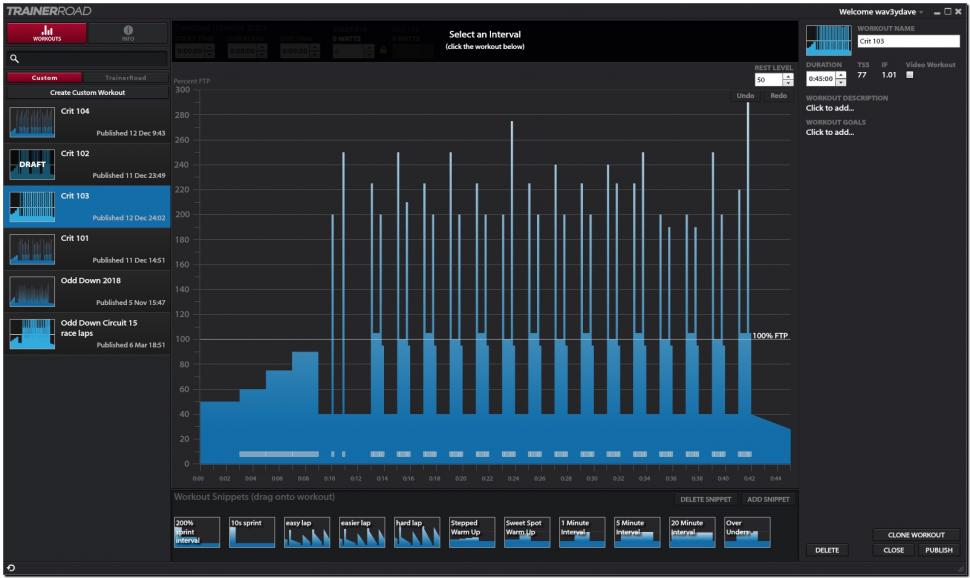
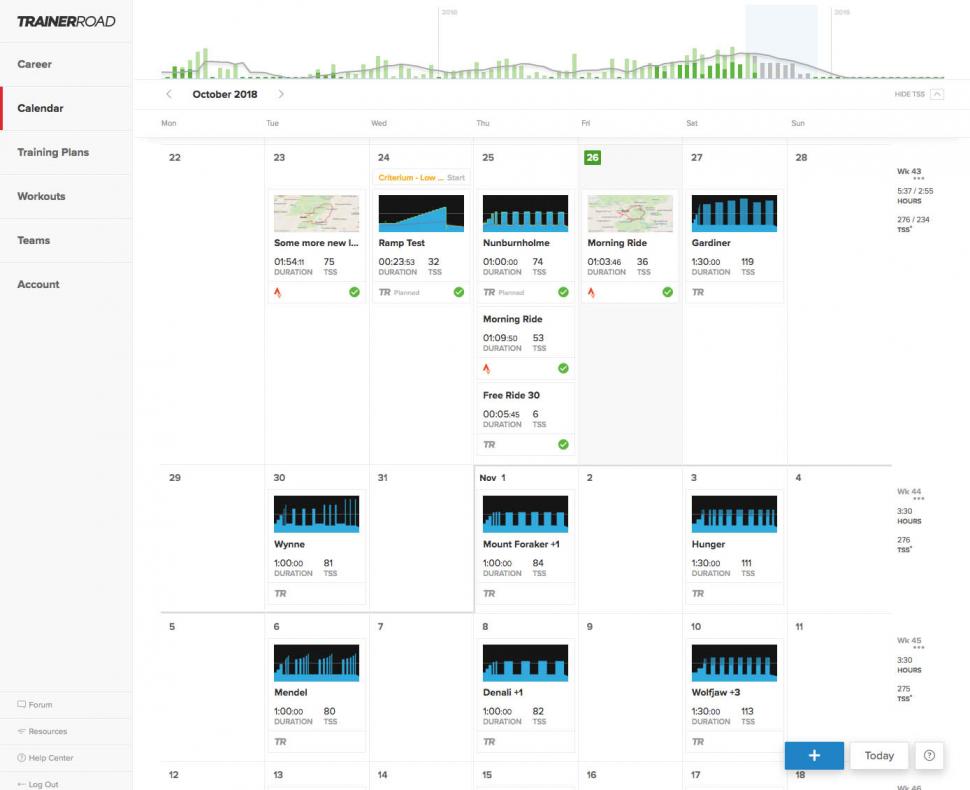
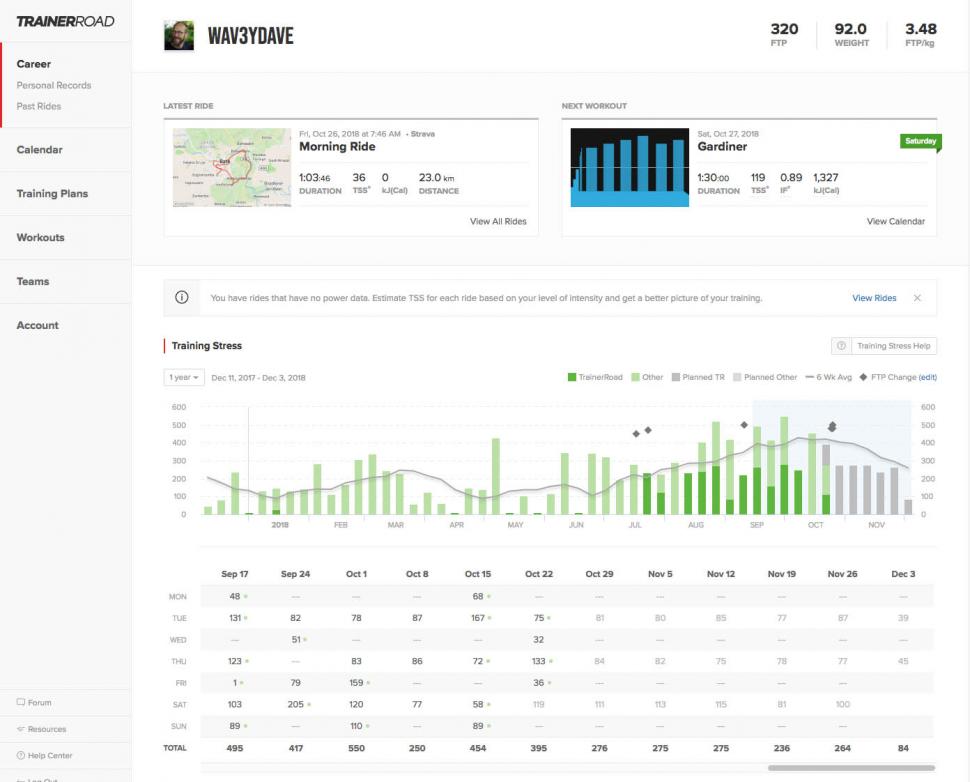
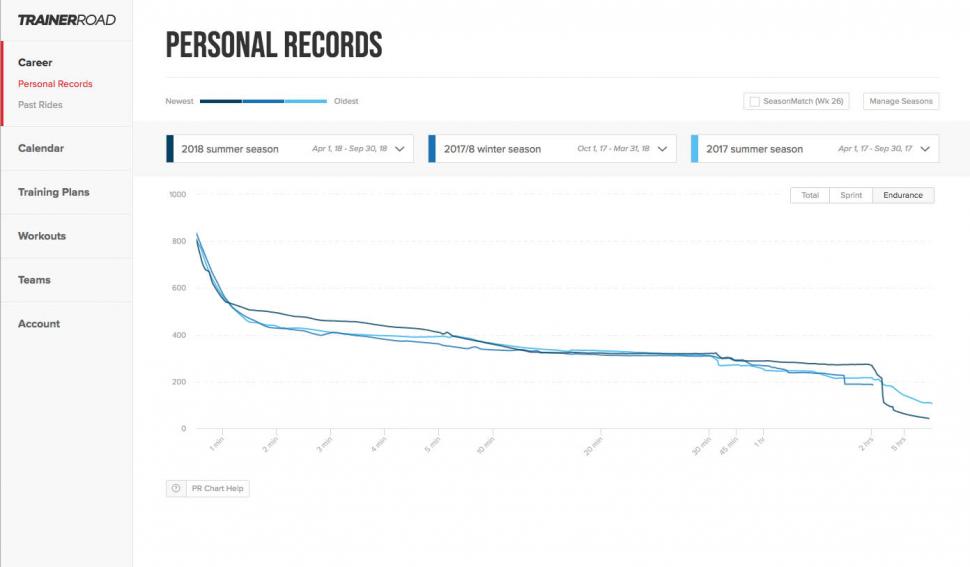
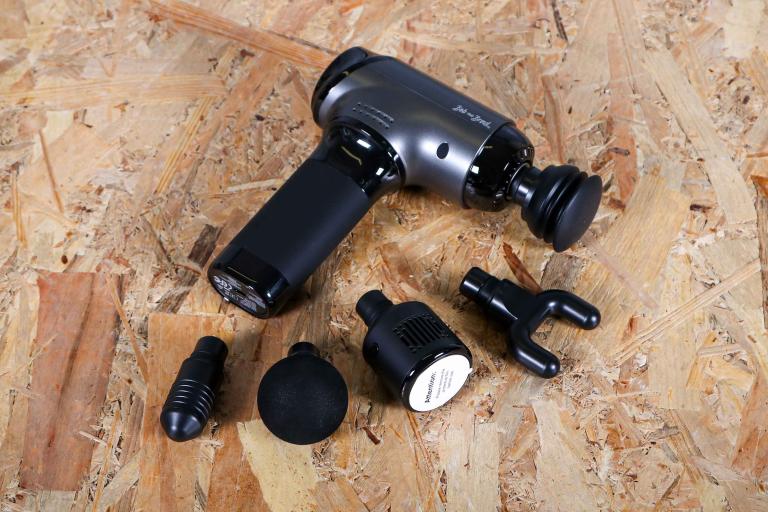
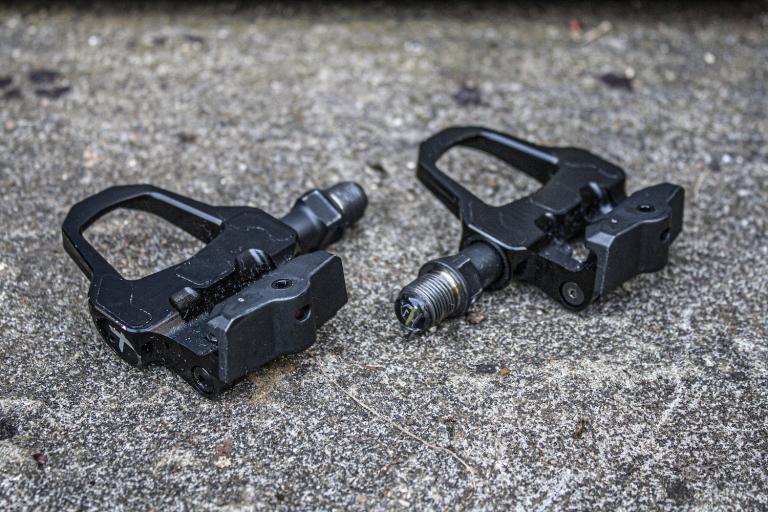
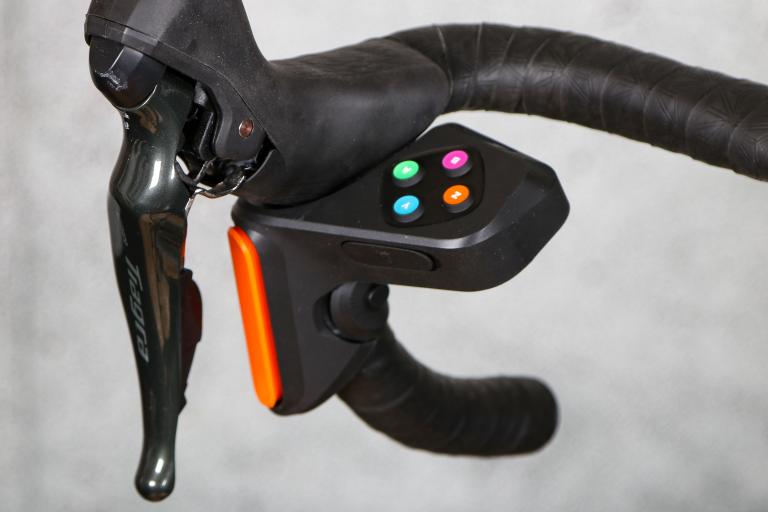

Add new comment
4 comments
Good review...
I've been using it for a few year now, and it does get demonstrable results. Coach Chad is a star. It works well with an old skool fluid trainer and a speed/cadence sensor using the 'virtual' power. I've no idea how accurate that is, what matters to me is the relative effort. The Build sessions are rewarding because they are pitched at a level that you think 'I'm not sure I can do this', but you do, and when you get to the end you feel like you've achieved something.
I was impressed that when they increased prices, they 'grandfathered' existing subscribers in at the old rate for as long as their sub remains in force.
What I also like about it is it works 'offline'... you don't need a web connection to do a session.
I've been using it a couple of years now and really like it. It's the only one that works on Android, which means I'm unlikely to wander off to the other 2...
Best advice if you're signing up? Run it in the background and watch something to pass the time.
Used TR myself a while back and found the structure really does bring rewards. However, I then started clock watching and got a bit bored; hence the first comment.
I've been using Trainerroad this winter, really just to maintain some fitness, but have come out the winter fitter than I went into it, which has been a pleasant surprise. Having a properly structured plan has made a big difference and helped to keep me motivated.
Their youtube channel is good, and although not a racer, i've been enjoying their race analysis videos.